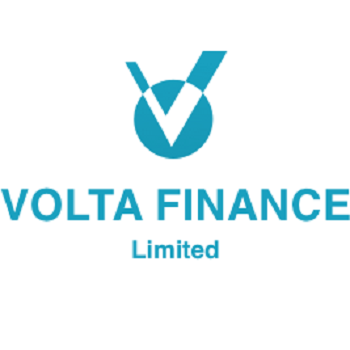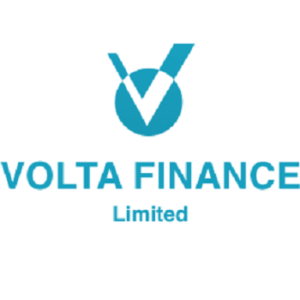The first half of 2024 has been exceptionally strong for the European Collateralised Loan Obligation (CLO) market, with issuance levels potentially rivaling the record highs of 2021. This surge in activity has prompted several banks to adjust their forecasts, with Deutsche Bank now predicting €37 billion in issuance, close to the €39 billion record set in 2021. JPMorgan and Bank of America also revised their expectations, with JPMorgan estimating €30 billion and Bank of America forecasting €27 billion in new deals, along with €12 billion in refinancings and resets.
Data shows robust issuance in the first half of the year, particularly in March and May, where new deals exceeded €5 billion each month, contributing to a total of €24 billion in new CLOs. Several factors are driving this resurgence, including easing inflation and improved credit market accessibility, which have bolstered the leveraged loan market and provided CLO managers with a steady asset pipeline. The European Central Bank’s interest rate cut in June further stimulated loan market volumes, compressing tranche spreads. Despite this, the inherent leverage in CLO structures remains strong, offering equity tranche holders potential returns of 20% to 25%.
The growing demand for CLOs has attracted new participants to the European market, including start-ups founded by experienced portfolio managers, large US asset managers expanding into the space, and family offices establishing their platforms. Notable names such as Credit Industriel et Commercial, DWS, Fortress Investment Group, Muzinich, Pimco, and Serone Capital are either launching or preparing to launch their European vehicles.
The first quarter of 2024 also saw the market’s first refinancing in two years, driven by tighter spreads, particularly for AAA-rated senior tranches. Reset activity has gained momentum, with significant increases in March and April, and refinancing activity showing signs of revival in May. As tranche spreads continue to decline, experts anticipate a steady rise in both refinancings and resets, which could benefit equity holders by lowering the cost of CLO debt tranches and increasing returns.
Despite these positive developments, total transaction volumes for 2024 are unlikely to surpass the extraordinary levels of 2021, a year marked by post-pandemic recovery and significant monetary intervention. However, another potential catalyst for the European CLO market is the EU’s push for environmental, social, and governance (ESG) and sustainability legislation. The re-election of Ursula von der Leyen as European Commission President has reinforced the EU’s commitment to its sustainability agenda, particularly through the Corporate Sustainability Reporting Directive (CSRD), which will have significant implications for CLOs and their loan portfolios starting in 2025.
The CSRD will require companies to provide detailed reporting on their environmental impact, social responsibilities, and governance practices, offering CLO managers access to standardised ESG data. This increased transparency is expected to enhance investment decision-making and risk management processes for CLO managers. For investors, the availability of comprehensive ESG data will allow for better assessment of the sustainability profiles of their investments, potentially broadening the investor base and driving innovation in CLO terms.
As the market adapts to these new regulations, more CLOs may be marketed as Article 8 funds under the EU’s Sustainable Finance Disclosure Regulation (SFDR), leveraging the availability of standardised ESG data. Although these developments present challenges, they also offer opportunities for CLO managers to attract ESG-conscious investors and benefit from the long-term stability associated with sound ESG practices.
While the European CLO market may not reach the heights of 2021, it has already demonstrated impressive momentum in 2024 and is poised for a strong finish. Despite being smaller in scale compared to the US market, European CLOs continue to gain recognition as a highly attractive asset class for yield-seeking investors.
Volta Finance Ltd (LON:VTA) is a closed-ended limited liability company registered in Guernsey. Volta’s investment objectives are to seek to preserve capital across the credit cycle and to provide a stable stream of income to its Shareholders through dividends that it expects to distribute on a quarterly basis.



